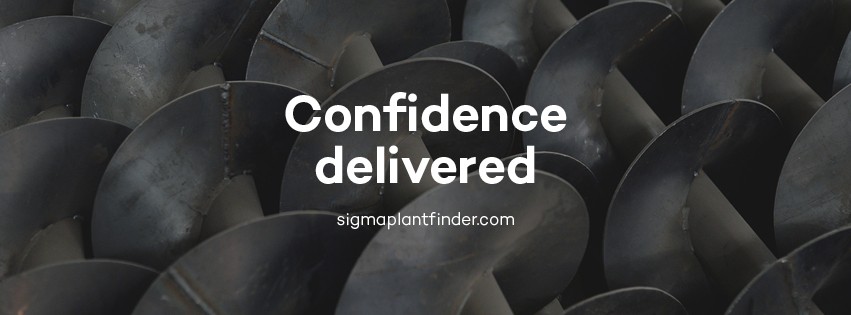
Sheet piles are typically sections of sheet steel, aluminum, wood, or concrete with interlocking edges that are driven into the ground to provide permanent or temporary earth retention and excavation support. Steel sheet piles are typically impacted or vibrated into the ground during installation. These methods generate excessive noise and can cause damage to adjacent structures due to ground vibration.
Advantages of Sheet Piling
- Recyclable and reusable.
- Wide range of lengths, size, and steel options.
- Temporary and permanent structures.
- Can be installed using silent and vibration-free methods.
- The work is neat, clean, and creates no spoil arisings. The supervision of work on-site can be reduced, and minimal storage space is required.
- Cost effective and quicker installation than contiguous or secant walls.
- Sheet piles can provide a close-fitting joint to form an effective water seal.
- Long life above and below water, making them advantageous for marine and coastal projects.
Silent piling is now becoming the go-to standard way to install sheet piles, particularly in built-up and environmentally sensitive areas. With the silent piling method piles are hydraulically pressed into the ground using static energy thus almost eliminating noise and vibration.
When to use Sheet Piling
Conventional designs and construction methods are easily applicable to areas that have no environmental restraints. However in an urban environment, the number of restrictions can turn a simple project into one that is virtually impossible meaning conventional pile driving has all but disappeared from urban construction arenas, not because of limitations in performance but because of the emissions of deafening noise and earth shattering vibrations both of which would not be accepted by even the most tolerant community.
Drilled shafts, slurry walls and other cast-in-place foundation or retaining wall systems alleviate some of these problems but add additional problems of their own with large bulky machines and reliance on concrete plants.
Silent piling or the 'press-in' technique is a non-dynamic method for the installation of steel sheet piles suited to confined urban, environmentally sensitive and confined space construction sites. It is especially suited for use in cohesive, clayey, granular or fine-grained soils and is used where SPT’s lie between 20 and 50.
How does Silent Piling Work?
When the first pile is ready to be installed, the Silent Piler must be anchored to the ground by sufficient weight to stop it from rising. This counterweight is often provided by the stack of piles waiting to be installed, the Silent Piler then uses piles that have been installed to anchor the machine to provide reaction for the hydraulic pressure.
Silent piling utilises hydraulic rams to push the piles into the ground, the machine derives the reaction required to install piles from gripping previously installed piles and to press-in subsequent piles at the same time. This allows the press-in machine to self-walk along the pile top.
To improve penetration in variable ground conditions that include stiff layers, cobbles and gravels, driving assistance is proved by:
- Water Jetting - high water pressure at the toe of the pile creates a pilot hole through the hard strata, allowing piles to push heavier particles out of the way. It also lubricates the pile to temporarily reduce skin friction between the soil and the pile.
- Pre-augering – a continuous auger is inserted into the ground to a depth and then reversed out to ensure that the effected area is localised to the point of insertion.
Advantages of Silent Piling
Obvious advantages can be seen as there is no perceived vibration and the noise levels are often quieter than ambient traffic levels. Through its ability to self-move over installed pile heads without crane support and followed by a pile pitching crane that clamps on reaction piles (the GRB System), it enables sheet piling works to be carried out easily on slopes, above water and narrow access areas. This system has advantages over conventional piling techniques in other areas too. For example, the Silent Piler can lay piles accurately around curves and corners as sharp as 90 degrees and, because of its low centre of gravity, the machine can infiltrate restricted spaces like under bridges or between railway tracks.
- Safer than conventional methods
- Eliminates vibration
- Eliminates noise
- Eliminates heavy hanging installation equipment such as vibratory hammers
- Reduced labour cost
- Laser for wall alignment
Take a look at our silent piling range here
